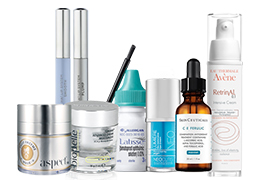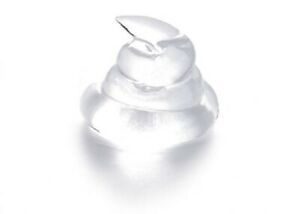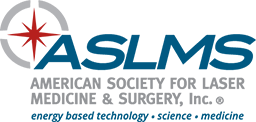 What is the truth?
What is the truth?
Skin care products like to tout their hyaluronic acid content. Their makers made sure that you know that buzz-word! But regardless of the percentage, you should look at a skin cream to deliver the hyaluronic acid not into the skin, but rather just to moisturize the very top layer (for that we recommend an HA content of 1-2%; NO more or it starts to de-hydrate). The reason for this limitation is that, because it is a water-loving molecule, the typical length HA strand cannot penetrate the barrier that is the next, water-proofing, layer of skin; so the moisturizing effect is temporary (hours).
Introduce sodium hyaluronate the ‘down-sized’ version and sophisticated delivery systems! As a rule, skin care (cosmoceutical) companies know what active ingredients (HA, Vitamin C&E, retinoids etc.) they want to put in a product, but what separates the boys from the men is the ‘base’, or ‘vehicle’ that carries the payload to its destination. This is where over the counter product generally do not hold up against medical grade products.
Likewise, oral HA supplements have a hard time ‘getting there’ unless taken in super-high doses, and except perhaps, for joint issues cannot be recommended for skin issues.
Background
Hyaluronic Acid (HA) is a sugar molecule that is extremely capable of sponging up moisture. Sodium hyaluronate is able to hold up to 1000-times its own weight in water! 50 % of the body’s hyaluronic acid is found in the skin. There it is essential in maintaining resilience and helps create a favorable environment for nutrients to reach the upper skin layers. About a third is replaced daily; without that continuous replenishment, there would be none left after 5 days! Renewal slows with aging (we net a teaspoon loss per year after age 30) and breakdown is accelerated by external factors such as sun-exposure and smoking.
HA also messages and signals other cells in an intricate pattern so they as a whole in the skin matrix get to function at an optimum level in your skin.
HA Fillers
Even though we have been able to make HA in the lab since 1964, it was collagen that was first used on a large scale to fight back against wrinkles as signs of aging. Collagen yielded great results, but because of the short lifespan of collagen and the fact that it was animal derived and therefore having an associated allergy risk, HAs gained in popularity and are now by far the most popular injectable filler family. In fact, there is now a range of over 50 HA formulations worldwide (Juvederm, Restylane, etc. in the US). The beauty of HA-fillers is that they are fully bio-compatible and can be injected strategically in and near areas of wrinkling, facial folds and/or volume loss, so even a small amount can make a dramatic difference. The main side effect can be swelling or bruising. Newer formulations combine desirable physical properties with extended life-span of many months, up to well over a year, depending on the formulation and area of placement.
What you should do
Speak to your skin care professional before investing in an attractive but expensive skin care item. Except perhaps for moisturizers, chances are you are better off with a medical grade product, including for sun-protection. Look for HA products with short molecule length (sodium hyaluronate) or ‘fragments’, like the SkinMedica’s HA5 system. 1-2 % is the industry standard. Don’t go for the ‘90%’, it is non-sense. We strongly believe in the HA5 lip-plumper, especially for people who get their lips ‘done’ with an injectable hyaluronic acid.
For significant wrinkles and folds, as well as cheek or lip augmentation consider HA-fillers like Juvederm® and Restylane®. Another option is energy-based: Current day infrared (Titan®), radiofrequency (Profound®) and laser devices can boost your skin’s collagen, elastin and/or HA content, while some laser devices (Erbium/CO2–ActiveFX™) can at the same time resurface for texture and pigmentation issues.


 What is the truth?
What is the truth?

 c
c